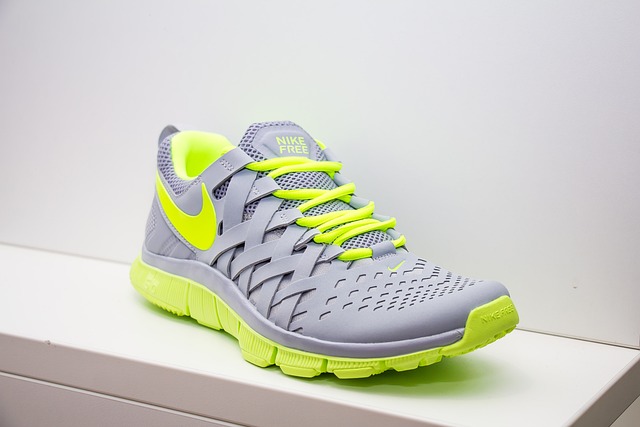Socks: Functions, Materials, and Foot Health
Socks are a small but important piece of apparel that protect, cushion, and regulate the environment around your feet. From everyday cotton pairs to technical moisture wicking blends, socks help manage sweat, reduce friction, and influence comfort during activities. Understanding materials, fit, and care can help you choose socks that support comfort, performance, and foot health without overcomplicating purchases or maintenance.

Moisture wicking: how do these socks work?
Moisture wicking socks use fibers and construction techniques designed to move sweat away from the skin to the outer layers of the fabric, where it can evaporate more easily. Common synthetic fibers used for this purpose include polyester, nylon, and specially treated blends; some natural fibers like merino wool also offer good moisture management. For people who sweat heavily or work in warm conditions, moisture wicking socks can reduce dampness and friction, which lowers the chance of blisters and discomfort during extended wear.
Socks as apparel: choosing the right pair
When considering socks as part of your apparel choices, think about thickness, cuff height, and color in addition to material. Thin dress socks suit formal shoes, while thicker cushioned socks pair better with casual footwear or boots. Seams, toe construction, and elastic retention matter for long-term comfort; poorly constructed socks can cause pressure points or slip down. Match socks to the intended use—durability and breathability for daily wear, or softer, finer yarns for formal attire—and check care labels to maintain appearance and fit.
Socks for sports: fit, cushioning, and grip
Sports socks are engineered to support specific movements and footwear. Running socks tend to be lightweight with targeted cushioning in the heel and forefoot, while hiking socks emphasize padding and abrasion resistance. Some sports socks feature arch compression, anatomical shaping, or textured zones for improved grip inside shoes. Proper fit prevents bunching and reduces friction that causes blisters. Selecting socks that complement your sport and shoe type can improve comfort and help maintain stable footing during training or competition.
Socks and foot health: benefits and risks
Socks influence several foot health concerns, including blister prevention, temperature regulation, and skin conditions. Moisture control reduces the risk of maceration and fungal growth, while adequate cushioning protects pressure points. However, tight or non-breathable socks can trap moisture and restrict circulation, potentially worsening some conditions. For medical issues such as chronic edema, diabetes, or persistent foot pain, specialized socks (e.g., compression or diabetic socks) exist but should be chosen with professional guidance. This article is for informational purposes only and should not be considered medical advice. Please consult a qualified healthcare professional for personalized guidance and treatment.
Socks care: materials, durability, and washing
Proper care extends the life of socks and preserves performance features like moisture wicking. Turn socks inside out before washing to reduce piling, wash in cool to warm water with mild detergent, and avoid high heat drying that can degrade elastic fibers. Rotate several pairs to minimize wear and inspect seams and elastic regularly. Different materials have different lifespans—natural fibers like cotton may pill or lose shape faster, while synthetics often retain stretch and wicking longer. Repair or replace socks with worn heels, thinned fabric, or stretched elastic for continued comfort.
Socks serve functional and aesthetic roles across everyday life and activities. Choosing the right pair involves balancing material performance, fit, and intended use—whether for casual apparel, athletic training, or addressing specific foot health needs. Paying attention to moisture management, cushioning, and care routines helps socks perform as intended and reduces issues like blisters or odor. For persistent foot problems or specialized requirements, consult a healthcare or footwear professional to match sock features to individual needs while keeping expectations realistic about what socks alone can achieve.






